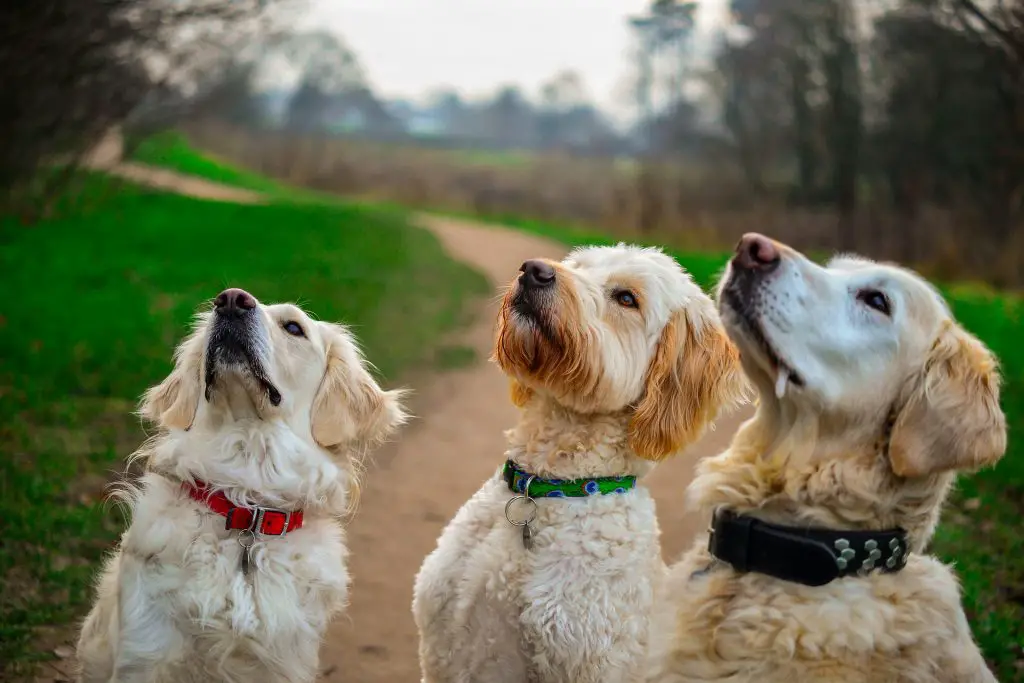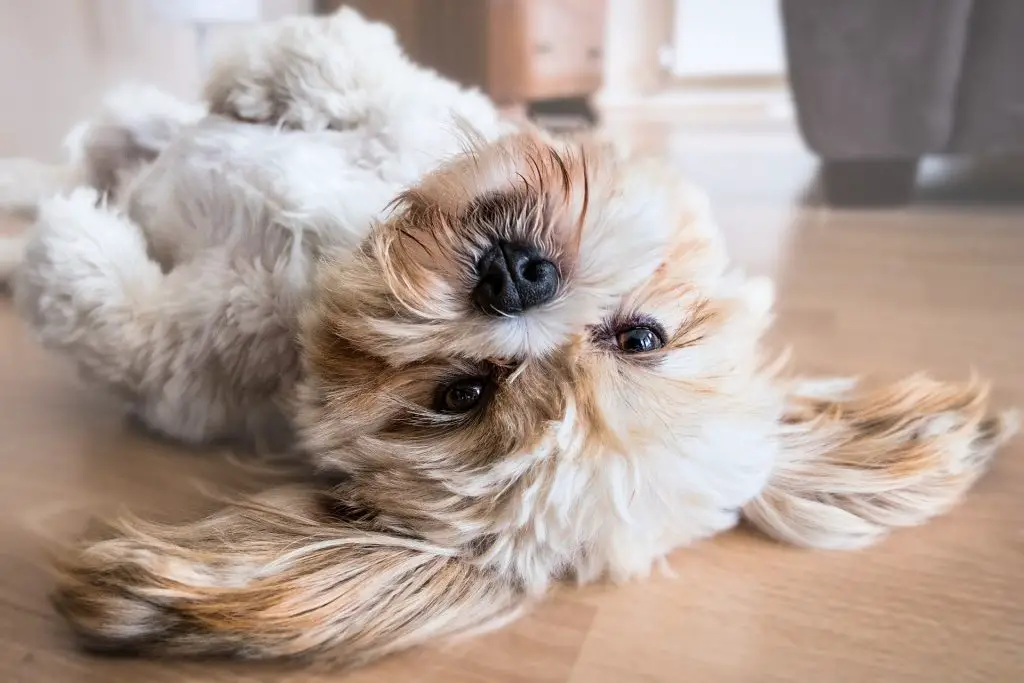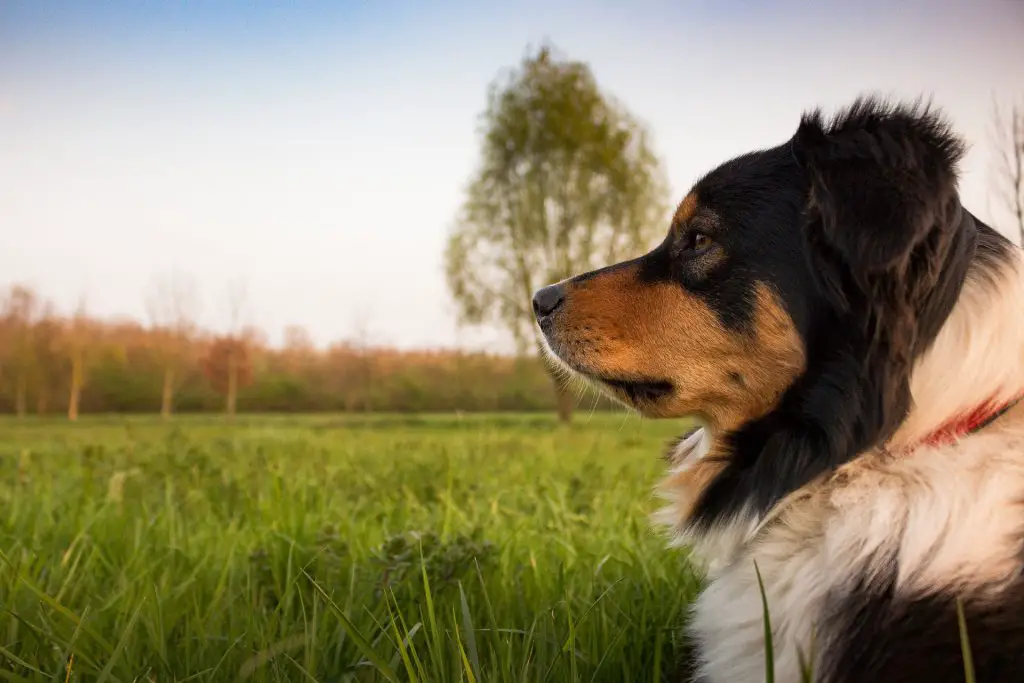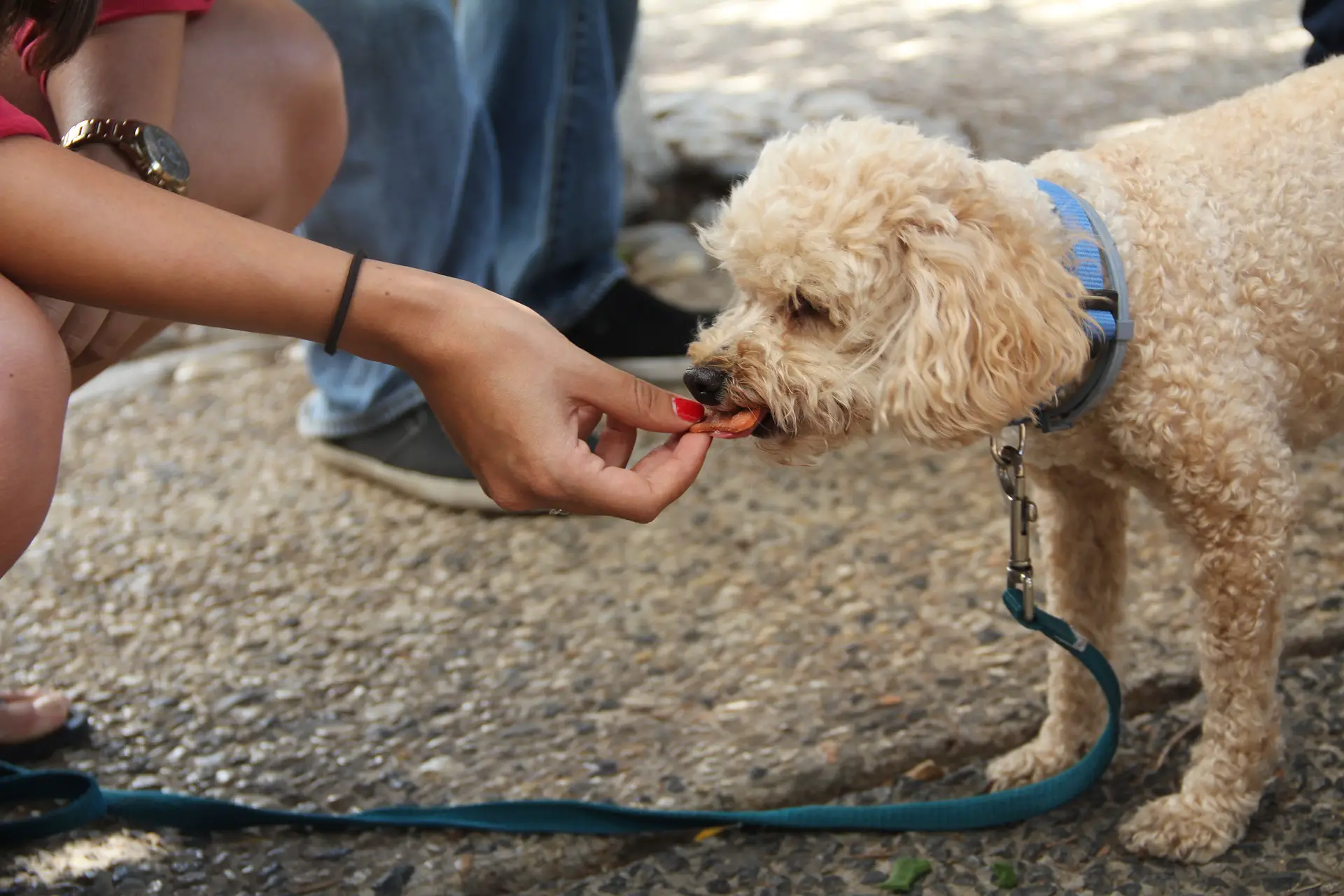Whenever I hear anything about positive reinforcement dog training, it always makes me thinks of how we deal with kids, it may seem a bit funny or even hilarious for some of you, but ,seriously, the relationship between an adult’s brains and a kid’s one is kind of the same relationship between a pet owner with his canine when we are talking about the level of understanding.
Kids are not predictable, sometimes you just don’t know what to do with them, you ask for something that seems so easy(only for you) and in many cases, you won’t get what you want. To compromise is your only way to get it done with kids.

Here is the link I see, to compromise is something you do with your dog but with a slight difference in concept and how it is done, the “compromise” is replaced with positive reinforcement.
Table of Contents
The Psychological Concept of Positive Reinforcement Training for Dogs
The principal of positive reinforcement training for dogs is being a process that adds a reward or a positive stimulus for your canine in order to increase the occurrence of a specific attitude or behavior.
This concept was initiated by B.F. Skinner in the 1940s but was not commonly used before late in the 20th century. It started to gain more popularity starting from the 1990s and is keeping a steady increase in popularity until these days.
People started to convert to use this method as it is enhancing the bond between them, increase the respect between the owner and their pooch and their canine and proved to be more effective than the traditional training methods that were being used before.
Tip 1#: All Family Members Should Participate in Positive Reinforcement Dog Training

The old or traditional ways of training were not suitable for kids to participate in doing it, you won’t let a kid punish a dog for not doing a command or failed to comprehend a specific training like leash training for example.
But with positive reinforcement, you could let your children participate in the training process by giving them some treats and telling them what they have to do exactly.
Positive reinforcement dog training is a fun and easy way for you and all your family to strengthen your bond with your dog or puppy, along with making great memories together.
2# Settle on a Solid Reward System For Positive Reinforcement Dog Training

Praising and rewarding are the two major elements used in training your dog using positive reinforcement, but to get the wanted results, these elements need to be regulated to be used in the most right way.
When you start to train your dog to obey commands, leash training or for house training, you will need to have a schedule for them in order to be done right, the same thing goes for positive reinforcement, you will have to settle on the kind of rewards you are going to give for your pooch, the amount that is in the healthy range and when and how to use them.
For more information about commands and how to teach them to your dog, check 5 Basic Puppy Training Commands You Should Know.
The rewards don’t have to be always a kind of the treats your dog likes, it could be his favorite toy or just verbal encouraging with petting, it depends on the level of the behavioral problem or the new skill a dog is learning.
Have a reward leveling system for your dog, if he did something big you will have to give him the most delicious treat he likes, for example, if he just did something good but not so big as starting to fully comprehend a command or master a training, you could just use verbal encouragement or petting.
Having a solid rewarding system would make it easier for you to instantly reward your dog, thus, getting your dog to know that he did the right thing and that’s why he is being rewarded.
As the dog knowing the behaviors that will get him a positive reaction of you, he will understand that he has to do the same thing every time, this will get him to learn anything faster and leaving you with a satisfying feeling that your dog is in the right track.
3# Use Positive Reinforcement Dog Training For Correcting Behavioral Issues For Fearful Dogs

Using the conventional ways of corrections as leash training corrections or other types of punishments is not effective for all dogs, in fact, using these kinds of methods in some cases will make things worse.
Fearful dogs are a great example for not responding for the punishment methods, they will become more afraid of doing the thing that their owner asked them to do and they may even become fearful of their owners.
Aggressive dogs are the same, they will also react more aggressive when they are faced with the common punishments that til this day some people are still using it. Positive reinforcement with fearful and aggressive dogs are perfect for training both of them.
Clicker positive reinforcement dog training method has shown great success with both aggressive and fearful dogs without hurting or enhancing their behavioral issues, check Puppy Clicker Training: Learn It, Apply It, and Enjoy It to know more about clicker training and how to apply it with your pooch.
4# Enhance Mental Stimulation By Using Positive Reinforcement Dog Training

One of the common reasons that a dog may get behavioral issues is boredom. Issues like excessive chewing and barking. Positive reinforcement will eliminate this boredom, you will be shocked by the amount of energy your dog will burn off when you put a small training session throughout the day.
Positive training will offer your dog mental stimulation from doing the training right and the pleasure of having a reward when he succeeds in doing it. positive reinforcement will give your dog the motive to keep the hard work throughout the training sessions leaving him with no excessive energy and thus, no more boredom.
Positive reinforcement will not only get your dog to learn the commands and rules fast but also will make him build a strong bond with you. You will get to understand your dog’s behaviors and how to deal with them perfectly and on the other hand, your dog will trust you and respect the rules you have put.
Our dogs are a vital member in our families, our best friends, and our life’s companions though we have to look for the best to get them comfortable while understanding the rules they have to follow to have harmony in their lives with us, positive reinforcement will give them the ability to fully understand those rules and being comfortable at the same time!
Tell us what is the methods you used to train your dog and what was the most effective one of them.

